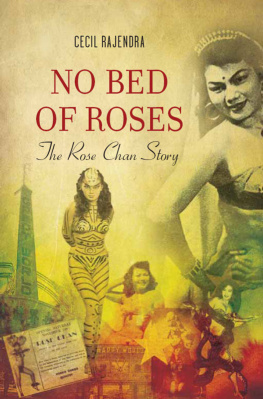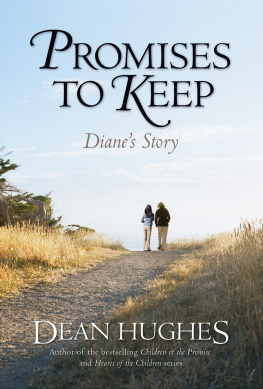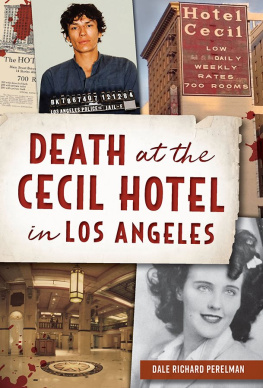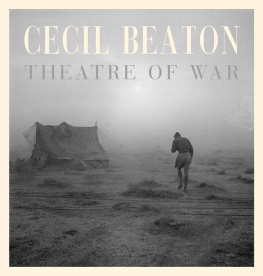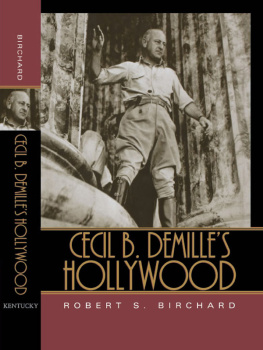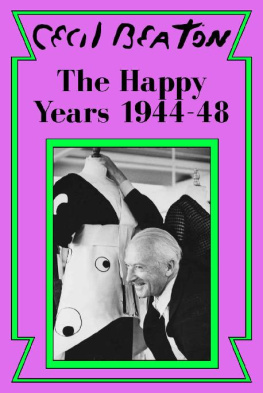THE ALASKAN BLONDE
Sex, Secrets and the Hollywood Story that Shocked America
James T. Bartlett
Territory Books
Acknowledgements
This book would not have happened without the endless help of these archivists, librarians, and historians: Leah Geibel and Abby Focht at Alaska State Archives, Claire Imamura at Alaska State Library, Arabeth Balasko at Anchorage Museum, Becky Butler at University of Alaska Fairbanks & Anchorage, Fawn Carter at Rasmuson Library University of Alaska Fairbanks, Mike Maddox at Klein Texas Family History Center, Puget Sound Regional Archives, Noel Wien Public Library in Fairbanks, Harris County Clerks Office in Texas, Michael Holland at Los Angeles City Archives, Edward Winter at Los Angeles County Medical Examiner-Coroner, Washington State Patrol, Helen Ofield at Lemon Grove Historical Society, Fairbanks Genealogy Society, Tanana-Yukon Historical Society, the Youre Probably From Fairbanks If You Can Remember and Alaska History & You Facebook Groups, Michael Stroup at Maria Kip Orphanage, Taylor Ostman at Dignity Memorial, Diana Pfeiffer at Alaska Sales & Service, and Theodore Hovey at Hollywood Forever Cemetery.
Adele Virgin, Patty Wagner Messer, Michael Carey, Stella Carpenter, Colleen Redman, Donald V. Smiley, Sally Murphy and Deverick Martin helped me with interviews and research, while Catherine Pelonero, Kim Stout, Rochelle Staab and Tammy Kaehler read my drafts and gave me invaluable advice. Susan McCall helped with the infuriating task of formatting, and despite my endless changes, Nina Monet did a fantastic job, once again, with the cover art.
Thanks also to Kory Eberhardt at A Taste of Alaska Lodge, everyone at The Big I and the Mecca, and the teams at Explore Fairbanks, Visit Houston, Visit Conroe and Visit Sugar Land.
Photo Credits: Darrell Rafferty, Saundra Kinnaird, Cecelia Richard, Patty Wagner Messer, John Warren, AP Photos, Wendall Thomas, James T. Bartlett.
And may the following people rest in peace: Candy Waugaman, Byron Halvorson, Terrence Cole, Peter Parkin, Grady Thomas, Genie Buscarini and Judy Morris (ne Martin).
Copyright 2022, James T. Bartlett
All rights reserved. No part of this book may be reproduced, stored, or transmitted by any means, whether auditory, graphic, mechanical, or electronic, without written permission of both publisher and author, except in the case of brief excerpts used in critical articles and reviews. Unauthorized reproduction of any part of this work is illegal and punishable by law.
ISBN 978-0-9849730-2-6
CHAPTER 2: Far North
Despite already having a family connection to Fairbanks (an uncle of hers had been mayor back in the 1920s), the new Mrs. Wells still needed a way to break the conversational ice. Moving there would have been quite an adjustment, at least compared to her time living in metropolitan cities like Portland, San Francisco and Seattle, and she was later quoted as saying that it was boring in Fairbanks.
Known as the Golden Heart of Alaska, it was a conservative, church-going city. The 1950 census, which the Wells family would have been included in, listed the city population as just 5,771, with almost three times that in the surrounding area not including the military. In a 1982 interview, former Fairbanks superior court judge Everett Hepp recalled the city as being rough and ready, and to many it seemed like a kind of polar Wild West, in part because of the male-dominated population.
Like Florida and California, Alaska was (and still is) a place where you can go to start over. Alaska is bigger than Texas, California and Montana combined at close to 664,000 square miles, so its easy to get lost and stay lost, especially if you avoid Anchorage (which has always been by far the biggest city, and is currently home to over a third of the states population). In the days before computers, credit cards and cell phones it was even easier: you could go almost anywhere and get a new name or family, complete with legal paperwork, and have a good chance of never being exposed.
Alaska has gone through several boom-bust cycles too, and I learned that theres opposition and even resentment towards the many transitory people who come to town to make their fortune, but dont interact with the community. Not only does this reinforce a sense of separatism, but the terms greenhorn, tenderfoot, and even the Native term Cheechako (or newcomer) still get used, especially by Sourdoughs, the nickname for old-timers who have lived here for decades.
Its not easy for new arrivals anywhere though, which is probably why Cecil asked Judy Morris to be a friendly face to welcome Diane, and help her settle into Cecils home on Illinois Street.
Born and raised in and around Los Angeles, Judy had found Fairbanks a culture shock when she moved there a few years before also at Cecils request. Judy was the half-sister of Cecils then-wife Ethel, and since he was away on business so frequently, he felt Ethel needed help not only looking after their son Wendell, but also dealing with his extended family, several of whom were also living in the home.
Now aged 96, Judy recalled that she was happy to help, but the initial sibling obligation to go North wasnt exactly appealing to a young, single woman:
It was like landing on another planet, and I told my mother I would be back in 30 days! she laughed, noting that in fact she fell in love with Fairbanks, and ended up staying for 70 years.
Judy was married and had a son by the time she met Diane, and the relationship between the two was more care-giving and domestic, rather than social. I was just there to talk to her, she says, admitting that Diane was nice to be around, and that while they did become friends, they didnt talk or meet much after Marquam was born or at least not without their respective husbands. There was another reason for Cecil wanting Judys help too: Diane was several months pregnant.
Additionally, it was early 1950, and in Fairbanks much of the population, especially outside the main area, were still living in wooden shacks that were colorful, smart and cozy, but might have seemed very rural to visitors even dirty and unwelcoming. Fully functioning sewer and power systems were still a goal, and more street lights and paving had been delayed until 1954, something that Cecil and the other members of the Chamber of Commerce were said to be highly disgusted about.
Diane would also have been warned about the weather, which can change quickly and sometimes violently. Summer is an especially disorientating time in Fairbanks, because the sun barely sets for close to four months. This produces some amazingly large vegetables and flowers, and allows people to watch a midnight baseball game, but its also when huge numbers of horror-movie size mosquitoes come out to bite.
Winter may be shorter, but its still no picnic. More usually, darkness reigns for all but a few hours or so every day, and Fairbanks is also especially prone to ice fog, which occurs when the temperature is at least -40 degrees and the humidity close to 100%, and sees ice crystals freezing in mid-air. Advertisements for the Northward Building said that everyone living over the fourth floor would be above the level of the ice fog, so could always see the stars.
Winter can be notoriously brutal, but it was and is a major social season in Fairbanks. The Carnival of mushing, hockey, skating and skiing became a much-loved event after it was introduced in 1934, and in 1946 attendees could buy a raffle ticket for $1 and hope to win a brand new Cadillac, courtesy of Wells Alaska Motors of course.
Fun it may have been, but winter could also mean being indoors or snowed in for weeks or even months. A love for arts and crafts, books, puzzles and knitting would have been essential, and following in the footsteps of her artist mother, Diane took up ceramics lessons soon after arriving in town.




